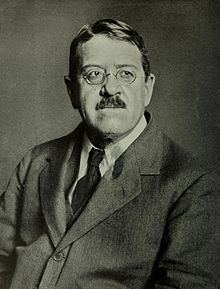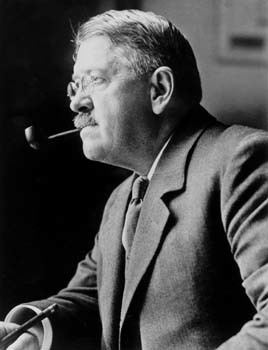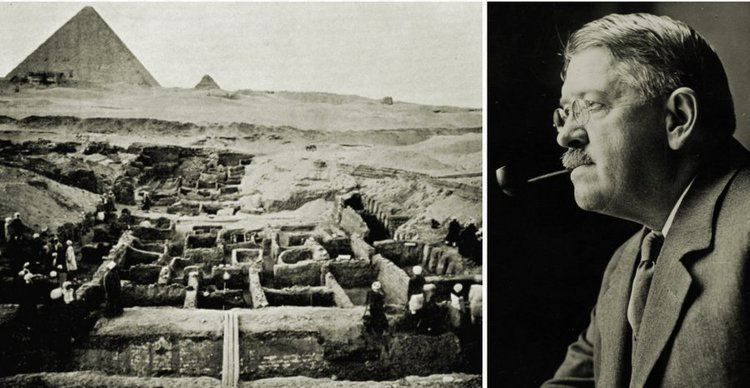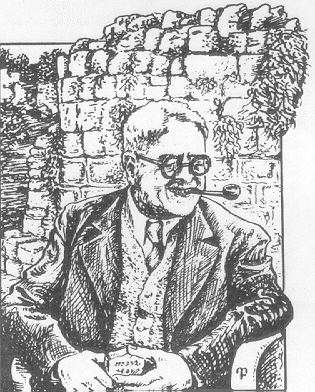Spouse(s) Mary Putnam Bronson Nationality American Children Mary B. Reisner | Name George Reisner | |
 | ||
Parent(s) Mary Elizabeth MasonGeorge Andrew Reisner I Books Egyptian Conception of Immort, The development of the Egy, The Archaeological Survey of, The Early Dynastic Cemeteri, Excavations at Kerma | ||
George Andrew Reisner, American archaeologist
George Andrew Reisner (November 5, 1867 – June 6, 1942) was an American archaeologist of Ancient Egypt and Palestine.
Contents
- George Andrew Reisner American archaeologist
- The Egyptian Conception Of Immortality
- Biography
- Archaeology career
- Timeline
- Published works
- References

The Egyptian Conception Of Immortality
Biography

George Andrew Reisner was born in Indianapolis, Indiana. His parents were George Andrew Reisner I and Mary Elizabeth Mason. His father’s parents were of German descent.

He married Mary Putnam Bronson, with whom he had a daughter, also called Mary.

In 1889, Reisner was head football coach at Purdue University, coaching for one season and compiling a record of 2–1.
Archaeology career

Upon his studies at Jebel Barkal (The Holy Mountain), in Nubia he found the Nubian kings were not buried in the pyramids but outside of them. He also found the skull of a Nubian female (who he thought was a king) which is in the collection of the Peabody Museum of Archaeology and Ethnology at Harvard. Reisner believed that Kerma was originally the base of an Egyptian governor and that these Egyptian rulers evolved into the independent monarchs of Kerma.
He also created a list of Egyptian viceroys of Kush. He found the tomb of Queen Hetepheres I, the mother of King Khufu (Cheops in Greek) who built the Great Pyramid at Giza. During this time he also explored mastabas. Arthur Merton (London Times) remarked in 1936 in the aftermath of the Abuwtiyuw discovery that Reisner "enjoys an unrivalled position not only as the outstanding figure in present-day Egyptology, but also as a man whose soundness of judgement and extensive general knowledge are widely conceded."
He met Queen Marie of Romania in Giza.
In Egypt, Reisner developed a new archaeological technique which became a standard in the profession, combining the British methods of Petrie, the German methods of Dorpfeld and Koldewey, his own American practicality and his skill for large-scale organization. In 1908, after a decade in Egypt, Reisner headed the Harvard excavation of Samaria.
